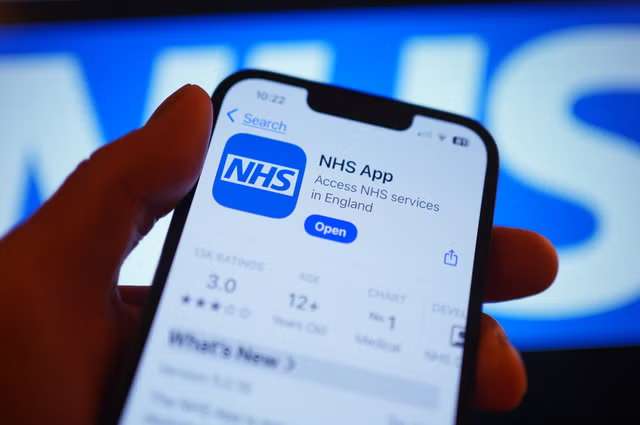Prime Minister Sir Keir Starmer has unveiled a sweeping plan to reform the National Health Service (NHS), aiming to slash waiting times from the current 18 months to just 18 weeks.
In the face of increasing NHS backlog, this initiative focuses on improving patient convenience and access to timely care.
Starmer described the reforms as “an NHS that treats patients more quickly, that is closer to their lives, and gives them the level of convenience they take for granted in nearly every other service they use every day.”
The plan promises to bring essential healthcare services closer to patients, leveraging innovative strategies and modern technology.
A cornerstone of the reform is the introduction of 17 new or expanded surgical hubs. These centers will provide non-urgent treatments, such as cataract surgeries and certain orthopedic procedures, relieving the burden on hospital operating theatres.
This reorganization will ensure that patients with both critical and less complex conditions receive faster and more efficient care.
The NHS app is also set to undergo a significant upgrade in March. This enhancement will enable patients in most acute trusts to book appointments, communicate with healthcare providers, and manage follow-up care through a streamlined digital interface.
Users can choose from various providers, including those in the independent sector, ensuring greater flexibility and access to necessary treatments.

More Direct Referrals for Testing and Scans
One of the pivotal changes includes allowing General Practitioners (GPs) to make direct referrals for tests and scans, bypassing the need for senior medical consultations.
This adjustment will expedite the diagnostic process for conditions like asthma in children and post-menopausal bleeding in women, eliminating the lengthy wait for consultant appointments.
Patients will benefit from more accessible testing options, with community diagnostic centers extending their operational hours to 12 hours a day, seven days a week.
Sir Keir emphasized, “So if you need a scan or x-ray, you get it done much more quickly, at your convenience.” These measures are expected to generate up to half a million additional appointments, bolstering the capacity of the NHS to meet rising demand.
A significant component of the reform involves a new partnership with the private health sector. This collaboration aims to harness private hospital resources to alleviate NHS waiting times.
Starmer assured that this means “more beds, more operations, more care available to the NHS.” The focus will be on specialties with extensive waiting lists, such as gynecology and orthopedics.
The deal will offer patients the option to receive treatment from either NHS or private providers, depending on their preference and urgency of care. Despite utilizing private facilities, care will remain free for patients, maintaining the foundational principle of the NHS.
The expanded relationship between the NHS and private healthcare is designed to address the severe delays in certain medical fields. For instance, approximately 260,000 women are waiting over 18 weeks for gynecological treatment, and 40% of orthopedic patients face similar delays.
By integrating private sector capacity, the NHS aims to reduce these bottlenecks, ensuring that patients receive the care they need without unnecessary delays.
As such, Starmer’s reform plan presents a multifaceted approach to tackling the NHS backlog. By decentralizing care, enhancing technological solutions, and partnering with the private sector, the government seeks to create a more responsive and patient-centric healthcare system. These initiatives reflect a commitment to not only reduce waiting times but also to enhance the overall patient experience within the NHS.
READ ALSO: Felix Kwakye Outlines NDC’s Stance on Irregular Appointments and Payments





















